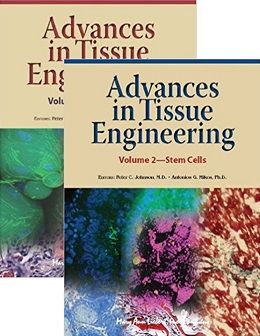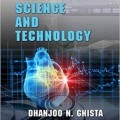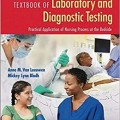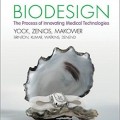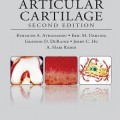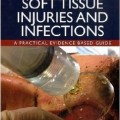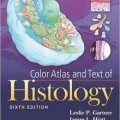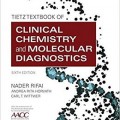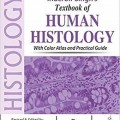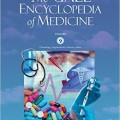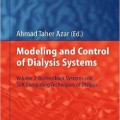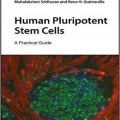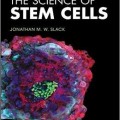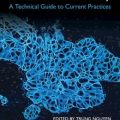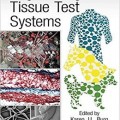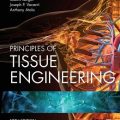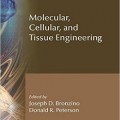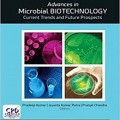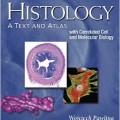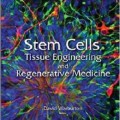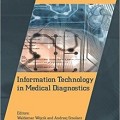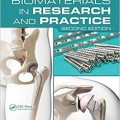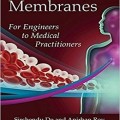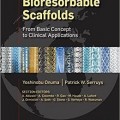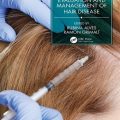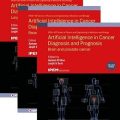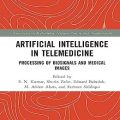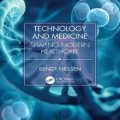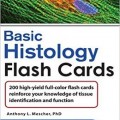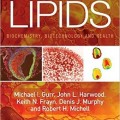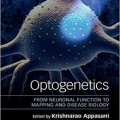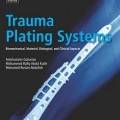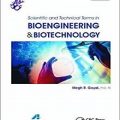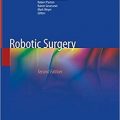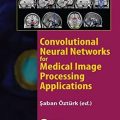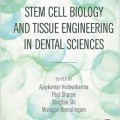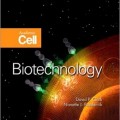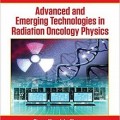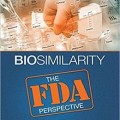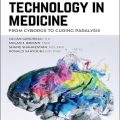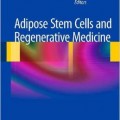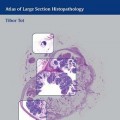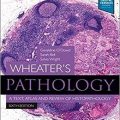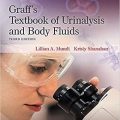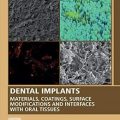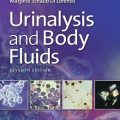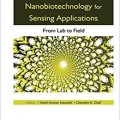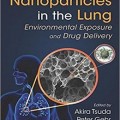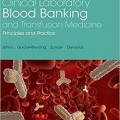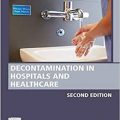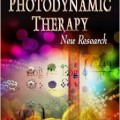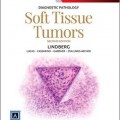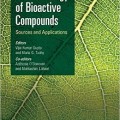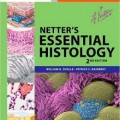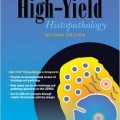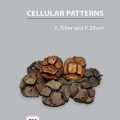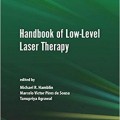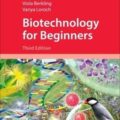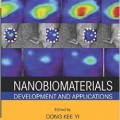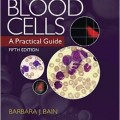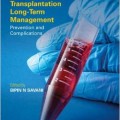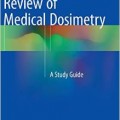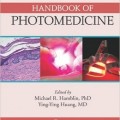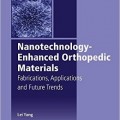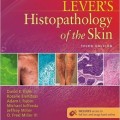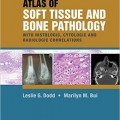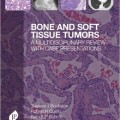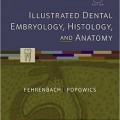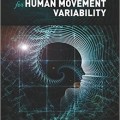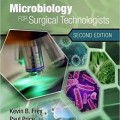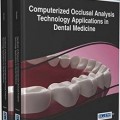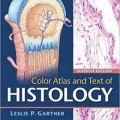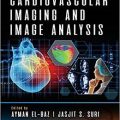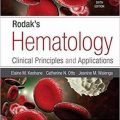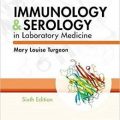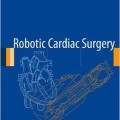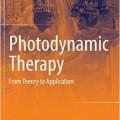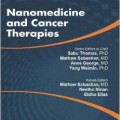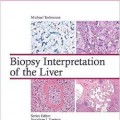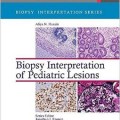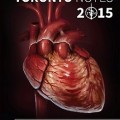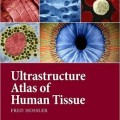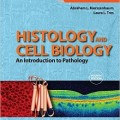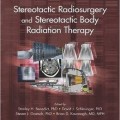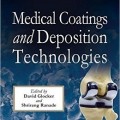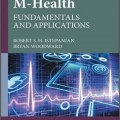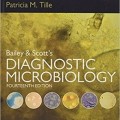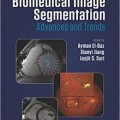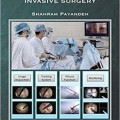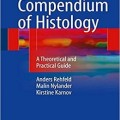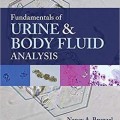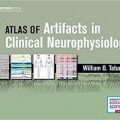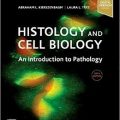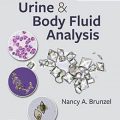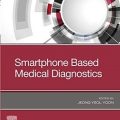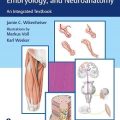دانلود کتاب پیشرفت هایی در مهندسی بافت: آنژیوژنز و سلول های بنیادی (۲ جلدی)
Advances in Tissue Engineering: Angiogenesis & Stem Cells, 2-Vol, 1ed
Angiogenic control has proven to be one of the most difficult aspects of tissue engineering to master. This presents broad-based anatomic and physiologic challenges to the tissue engineer. Key controllers of angiogenesis have been formed to be mechanical forces, small molecules (drugs and growth factors), co-culture with non-vascular cells, biomaterials, and stem cells. This volume addresses vascular assembly techniques and the transplantation of microvascular networks. Advances in Tissue Engineering, Volume 1: Angiogenesis presents leading-edge research and insight on: The mechanisms of angiogenesis, as studied in developmental biology models The application of systems biology to help us understand how choke points might be controlled by drugs or other approaches The physiological functioning of engineered capillaries, venules, and arterioles Creation of networks that have large enough arterial and venous components to enable direct anastomosis to host vessels Vascular assembly techniques and transplantation of microvascular networks
Advances in Tissue Engineering, Volume 2: Stem Cells presents the latest findings and research on: The interplay of stem cells in developing parenchymal tissues and their vasculature; micro environmental influences that affect stem cell development; molecular mechanisms underlying stem cell differentiation; major influences that are being applied to stem cells to guide their development; including cellular influences; physical factors; and soluble agents; target enhancement technologies for optimal localization of mesenchymal stem cells in the body; technical issues including cellular characterization and manufacturing scale-up processes. Edited by Peter C. Johnson, MD, and Antonios G. Mikos, PhD and featuring the groundbreaking work of literally hundreds of the acknowledged leaders in the field Advances in Tissue Engineering provides comprehensive, in-depth content covering every aspect of this rapidly-evolving field, from angiogenics to stem cell research and more. Each comprehensive volume provides Essential overviews, spotlighting structure-function relationships in normal and pathologic tissues with the ultimate goal of developing biological substitutes. High-quality review papers, critical discussions and analysis, and the latest research to assess current status and future directions. The very latest procedures and protocols, many of which will be adopted by the tissue engineering community as research is translated into clinical applications.
Review
Contents
Volume 1
Chapter 1 Strategic Directions in Tissue Engineering
Chapter 2 Vascularization: The Conduit to Viable Engineered Tissues
Chapter 3 Interstitial Fluid Flow Intensity Modulates Endothelial Sprouting in Restricted Src-Activated Cell Clusters During Capillary Morphogenesis
Chapter 4 Effects of the Mechanical Properties of Collagen Gel on the In Vitro Formation of Microvessel Networks by Endothelial Cells
Chapter 5 Mechanical Strain Regulates Endothelial Cell Patterning In Vitro
Chapter 6 Small Molecule Inducers of Angiogenesis for Tissue Engineering
Chapter 7 Mechanistic Exploration of Phthalimide Neovascular Factor 1 Using Network Analysis Tools
Chapter 8 Delivery of Basic Fibroblast Growth Factor from Gelatin Microsphere Scaffold for the Growth of Human Umbilical Vein Endothelial Cells
Chapter 9 Vascularization and Improved In Vivo Survival of VEGF-Secreting Cells Microencapsulated in HEMA-MMA
Chapter 10 Platelet-Rich Plasma: Quantification of Growth Factor Levels and the Effect on Growth and Differentiation of Rat Bone Marrow Cells
Chapter 11 Vascular Endothelial Growth Factor–Releasing Scaffolds Enhance Vascularization and Engraftment of Hepatocytes Transplanted on Liver Lobes
Chapter 12 Human Aortic Smooth Muscle Cells Promote Arteriole Formation by Coengrafted Endothelial Cells
Chapter 13 Microvessel-Like Structures from Outgrowth Endothelial Cells from Human Peripheral Blood in 2-Dimensional and 3-Dimensional Co-Cultures with Osteoblastic Lineage Cells
Chapter 14 Endothelial Cells Assemble into a 3-Dimensional Prevascular Network in a Bone Tissue Engineering Construct
Chapter 15 In Vitro 3D Model for Human Vascularized Adipose Tissue
Chapter 16 Micropatterning of Poly(Ethylene Glycol) Diacrylate Hydrogels with Biomolecules to Regulate and Guide Endothelial Morphogenesis
Chapter 17 Vascularized Adipose Tissue Grafts from Human Mesenchymal Stem Cells with Bioactive Cues and Microchannel Conduits
Chapter 18 Design of a Filamentous Polymeric Scaffold for In Vivo Guided Angiogenesis
Chapter 19 A Biomaterial Composed of Collagen and Solubilized Elastin Enhances Angiogenesis and Elastic Fiber Formation Without Calcification
Chapter 20 Enhancing Efficacy of Stem Cell Transplantation to the Heart with a PEGylated Fibrin Biomatrix
Chapter 21 In Vitro Angiogenesis Properties of Endothelial Progenitor Cells: A Promising Tool for Vascularization of Ex Vivo Engineered Tissues
Chapter 22 Comparative Analysis of Methods for Assessment of Circulating Endothelial Progenitor Cells
Chapter 23 Mesenchymal Stem Cells Enhance Angiogenesis in Mechanically Viable Prevascularized Tissues via Early Matrix Metalloproteinase Upregulation
Chapter 24 Influence of Adult Mesenchymal Stem Cells on In Vitro Vascular Formation
Chapter 25 Use of Embryonic Stem Cell–Derived Endothelial Cells as a Cell Source to Generate Vessel Structures In Vitro
Chapter 26 Prevascularization of a Fibrin-Based Tissue Construct Accelerates the Formation of Functional Anastomosis with Host Vasculature
Chapter 27 Characterizing Environmental Factors that Impact the Viability of Tissue-Engineered Constructs Fabricated by a Direct-Write Bioassembly Tool
Chapter 28 Novel Intra-Tissue Perfusion System for Culturing Thick Liver Tissue
Chapter 29 Microvascular Transplantation After Acute Myocardial Infarction
Volume 2
Chapter 1 Stem Cells: State of the Art
Chapter 2 Engineered Microenvironments for Controlled Stem Cell Differentiation
Chapter 3 Mesenchymal Stem Cells: Cell-Based Reconstructive Therapy in Orthopedics
Chapter 4 Comparative Transcriptional Analysis of Embryoid Body Versus Two-Dimensional Differentiation of Murine Embryonic Stem Cells
Chapter 5 Neurotrophin-Induced Differentiation of Human Embryonic Stem Cells on Three-Dimensional Polymeric Scaffolds
Chapter 6 Enhancing Efficacy of Stem Cell Transplantation to the Heart with a PEGylated Fibrin Biomatrix
Chapter 7 Osmotic Selection of Human Mesenchymal Stem=Progenitor Cells from Umbilical Cord Blood
Chapter 8 Low-Intensity Ultrasound Inhibits Apoptosis and Enhances Viability of Human Mesenchymal Stem Cells in Three-Dimensional Alginate Culture During Chondrogenic Differentiation
Chapter 9 Effects of Hydrostatic Pressure and Transforming Growth Factor-b3 on Adult Human Mesenchymal Stem Cell Chondrogenesis In Vitro
Chapter 10 Co-culture of Umbilical Cord Blood CD34þ Cells with Human Mesenchymal Stem Cells
Chapter 11 Multilineage Cells from Human Adipose Tissue: Implications for Cell-Based Therapies
Chapter 12 Cyclic Mechanical Preconditioning Improves Engineered Muscle Contraction
Chapter 13 Effect of Scaffold Stiffness on Myoblast Differentiation
Chapter 14 In Vitro Expansion of Adipose-Derived Adult Stromal Cells in Hypoxia Enhances Early Chondrogenesis
Chapter 15 Enhanced Chondrogenesis of Mesenchymal Stem Cells in Collagen Mimetic Peptide-Mediated Microenvironment
Chapter 16 Integrated 3-Dimensional Expansion and Osteogenic Differentiation of Murine Embryonic Stem Cells
Chapter 17 Umbilical Cord Wharton’s Jelly: A New Potential Cell Source of Mesenchymal Stromal Cells for Bone Tissue Engineering
Chapter 18 In Vivo Bone Tissue Engineering Using Mesenchymal Stem Cells on a Novel Electrospun Nanofibrous Scaffold
Chapter 19 Umbilical Cord Blood Stem Cells: Induction of Differentiation into Mesenchymal Lineages by Cell-Cell Contacts with Various Mesenchymal Cells
Chapter 20 Maxillofacial BM–Derived Stem Cells Regenerate Critical Mandibular Bone Defect
Chapter 21 A Rapid and Efficient Method for Expansion of Human Mesenchymal Stem Cells
Chapter 22 Sustained Release of TGFb3 from PLGA Microspheres and Its Effect on Early Osteogenic Differentiation of Human Mesenchymal Stem Cells
Chapter 23 Recruitment of a Host’s Osteoprogenitor Cells Using Exogenous Mesenchymal Stem Cells Seeded on Porous Ceramic
Chapter 24 Mechanoactive Tenogenic Differentiation of Human Mesenchymal Stem Cells
Chapter 25 Effects of Mechanical Stimulation on the Biomechanics and Histology of Stem Cell-Collagen Sponge Constructs for Rabbit Patellar Tendon Repair
Chapter 26 Influence of Culture Medium on Smooth Muscle Cell Differentiation from Human Bone Marrow-Derived Mesenchymal Stem Cells
Chapter 27 Optical Mapping of Impulse Propagation in Engineered Cardiac Tissue
Chapter 28 Efficient Proliferation and Maturation of Fetal Liver Cells in Three-Dimensional Culture by Stimulation of Oncostatin M, Epidermal Growth Factor, and Dimethyl Sulfoxide
Chapter 29 Neural Stem Cell- and Schwann Cell-Loaded Biodegradable Polymer Scaffolds Support Axonal Regeneration in the Transected Spinal Cord
Chapter 30 Kinetic Analysis of Neurotrophin-3-Mediated Differentiation of Embryonic Stem Cells into Neurons
Chapter 31 Isolation and Characterization of Stem Cell Clones from Adult Human Ligament
Chapter 32 Differentiation of Dental Pulp Stem Cells into Regular-Shaped Dentin-Pulp Complex Induced by Tooth Germ Cell Conditioned Medium
Chapter 33 Multilineage Differentiation Potential of Stem Cells Derived from Human Dental Pulp after Cryopreservation
Chapter 34 Self-Assembling Peptide Amphiphile Nanofibers as a Scaffold for Dental Stem Cells
Chapter 35 Accurately Shaped Tooth Bud Cell-Derived Mineralized Tissue Formation on Silk Scaffolds
Chapter 36 Dose-Dependent Immunomodulatory Effect of Human Stem Cells from Amniotic Membrane: A Comparison with Human Mesenchymal Stem Cells from Adipose Tissue
Chapter 37 Expanded Adipose-Derived Stem Cells Suppress Mixed Lymphocyte Reaction by Secretion of Prostaglandin E2
Chapter 38 Three-Dimensional Synthetic Niche Components to Control Germ Cell Proliferation
Chapter 39 Dynamic Oxygen Enhances Oocyte Maturation in Long-Term Follicle Culture
لینک کوتاه : https://bookbaz.ir/?p=62219
نویسنده : Peter C. Johnson
ناشر : Mary Ann Liebert, Inc. publishers; 1st edition
سال انتشار : 2010
زبان کتاب : انگلیسی
نوع فایل : PDF
تعداد صفحات : 797
(ISBN) شابک : 1934854166
قیمت کتاب درآمازون : $315.00
حجم فایل : 797


